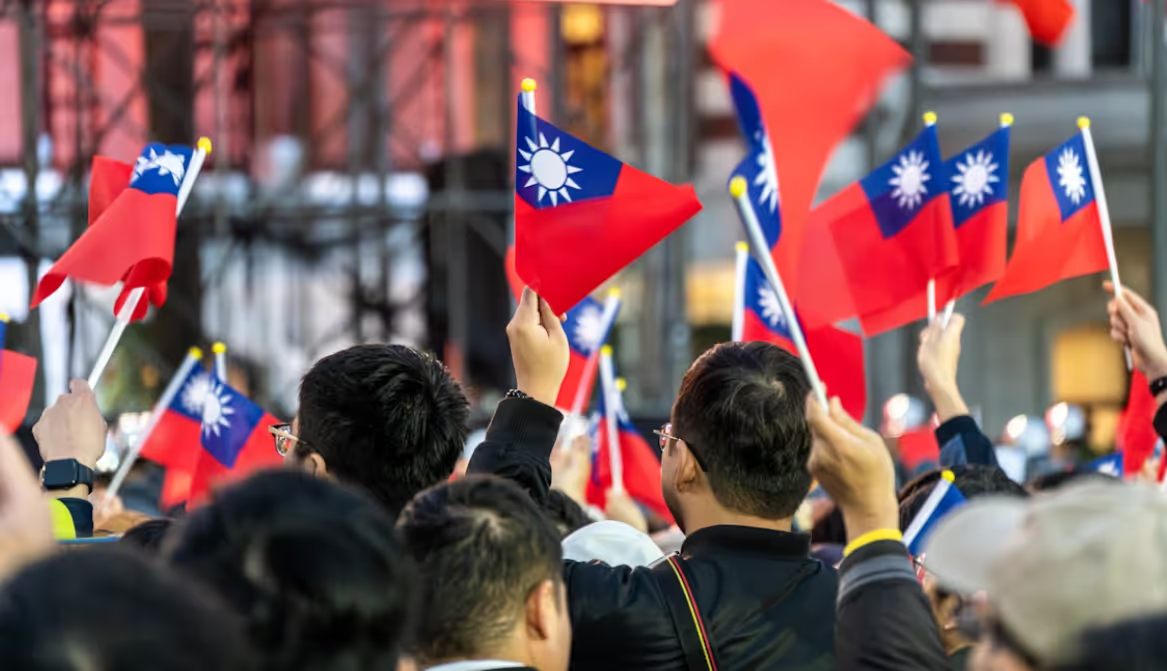Stay informed with our newsletter.
.webp)

.webp)

This article breaks down the complex issue of Taiwan independence, explaining its historical background, political status, and the ongoing debate over sovereignty. It examines Taiwan’s self-governance, international recognition, and the differing perspectives of global powers. The factbox format provides clear insights into what “Taiwan independence” means, the legal and diplomatic challenges involved, and whether Taiwan can be considered fully independent despite its functioning government and distinct identity from mainland China.

U.S. President Donald Trump said Monday that he anticipates striking a fair trade agreement with Chinese President Xi Jinping, while minimizing the likelihood of conflict over Taiwan.
When asked if the United States might reconsider its stance on Taiwan independence to secure a trade deal, Trump replied, “We will be discussing many topics. I expect Taiwan will be one of them, but I’m not addressing it at the moment.”
Below is a breakdown of what “Taiwan independence” actually means.
Once called Formosa, the island has been inhabited by indigenous people for millennia. The Dutch and Spanish briefly controlled parts of it in the 1600s.
Taiwan was incorporated into China under the Qing dynasty in 1684 as part of Fujian province and became a separate province in 1885.
After China’s defeat in the First Sino-Japanese War, Taiwan became a Japanese colony in 1895. In 1945, control returned to the Republic of China following World War II.
When the Republic of China lost to Mao Zedong’s communist forces in 1949, its government relocated to Taiwan. It continues to use the Republic of China as its official name, while Mao’s People’s Republic of China claimed to be the sole legitimate government of all China, including Taiwan.
For many years, the Republic of China in Taipei claimed legitimacy over all of China. However, in 1971, Beijing took over China’s seat at the United Nations.
Today, only 12 countries maintain formal diplomatic relations with Taipei, mostly smaller and developing nations such as Belize and Tuvalu.
Formal independence for Taiwan would be complex, requiring both parliamentary approval for a constitutional amendment and a public referendum, not just a presidential declaration. At least 75% of lawmakers must approve such an amendment, but the ruling Democratic Progressive Party (DPP) and main opposition Kuomintang (KMT) currently hold equal seats.
Since coming to power in 2016, the DPP has not attempted to amend the constitution, and the KMT firmly opposes changing the Republic of China’s name.
China criticizes President Lai Ching-te, labeling him a “separatist.” Before his election, Lai referred to himself as a “practical worker for Taiwan independence,” though he later clarified he meant Taiwan already functions as an independent nation.
Since taking office in 2024, Lai has stated multiple times that the Republic of China and People’s Republic of China “are not subordinate to each other,” a position Beijing interprets as promoting independence.
In 2005, China’s parliament passed the Anti-Secession Law, which provides a legal framework for military action if Taiwan formally secedes or if peaceful reunification efforts fail. The law, however, remains vague and does not specify the details of potential enforcement.
For questions or comments write to contactus@bostonbrandmedia.com
Source: usnews
